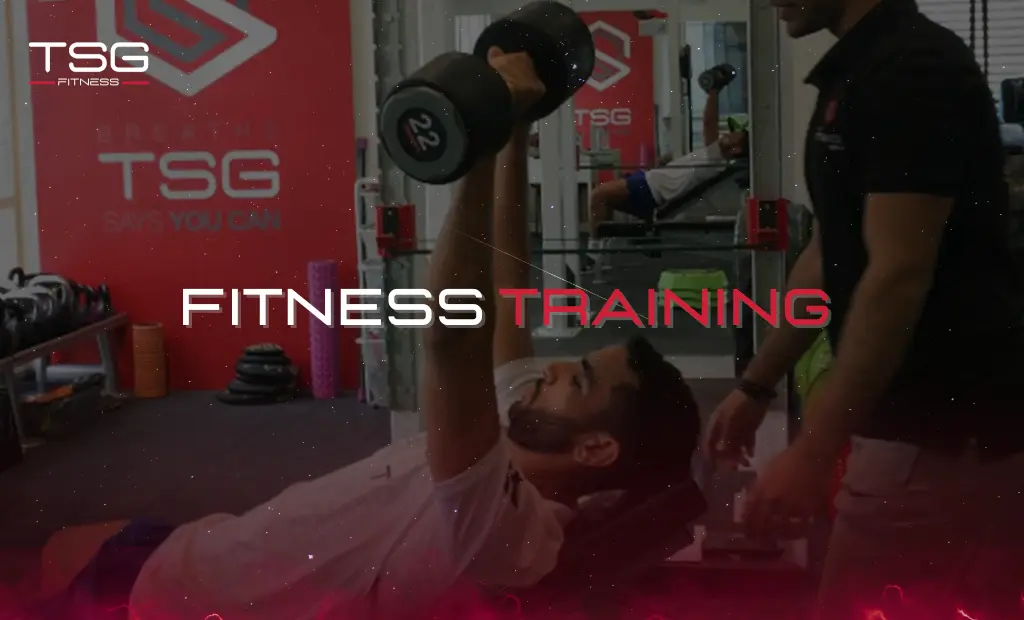
6 Types of Fitness Training That Make a Well-Rounded Gym Routine
Creating a balanced gym routine isn’t just about sweating hard or chasing the latest fitness trend. It’s about weaving together diverse types of fitness training to cover every angle — strength, stamina, flexibility, coordination, and recovery. If you only focus on one type (say, cardio or lifting), you miss out on critical benefits that make your body resilient, functional, and adaptable.
This article unpacks the six essential types of fitness training that, when combined, form the backbone of a well-rounded gym routine. Whether you’re a gym newbie or a seasoned athlete, understanding how to integrate these pillars can elevate your results and keep workouts fresh and exciting.
Let’s break down each training style, its purpose, benefits, and how you can plug it into your weekly plan.
Strength Training – Build Muscle, Boost Metabolism
Strength training, also called resistance or weight training, involves working your muscles against resistance — dumbbells, barbells, resistance bands, machines, or even your own bodyweight.
Benefits:
- Builds lean muscle mass
- Boosts resting metabolism, helping burn calories even at rest
- Strengthens bones and joints, reducing injury risk
- Improves posture and functional movement
You don’t need to be a bodybuilder to benefit. Adding two to three strength sessions per week is ideal for general fitness. Focus on compound movements like squats, deadlifts, push-ups, and rows for maximum impact.
Cardiovascular Training – Enhance Heart and Lung Health
Cardio training focuses on elevating your heart rate over extended periods. This includes activities like brisk walking, running, cycling, swimming, or using cardio machines.
Benefits:
- Improves heart and lung capacity
- Boosts endurance and stamina
- Supports weight management
- Enhances mental clarity and mood
Aim for 150 minutes of moderate cardio or 75 minutes of vigorous cardio per week, as recommended by health guidelines. Try splitting it across several sessions: mix treadmill runs, outdoor bike rides, or an energetic group class.
Flexibility Training – Improve Range of Motion
Flexibility training often flies under the radar, but it’s critical for joint health and injury prevention. This includes stretching exercises, yoga, or dynamic mobility work.
Benefits:
- Improves joint range of motion
- Reduces stiffness and muscle tightness
- Aids in recovery and relaxation
- Enhances athletic performance and posture
Incorporate 5–10 minutes of stretching after workouts or dedicate a full session each week to flexibility-focused activities like yoga or Pilates.
Balance and Stability Training – Strengthen the Core and Prevent Falls
Balance and stability exercises target the small stabilizing muscles, especially around the core, hips, and ankles. Think single-leg stands, balance board exercises, or stability ball movements.
Benefits:
- Improves proprioception (body awareness)
- Enhances coordination and movement control
- Reduces the risk of falls and injuries
- Builds a stronger, more functional core
Even just 10 minutes twice a week can make a noticeable difference. Pair balance moves with strength training or sprinkle them into warm-ups and cooldowns.
Speed and Agility Training – Boost Quickness and Reaction Time
Speed and agility training isn’t just for athletes — it’s fantastic for anyone wanting to stay sharp and responsive. This includes ladder drills, cone drills, sprints, or plyometrics (jumping exercises).
Benefits:
- Sharpens reflexes and reaction speed
- Improves coordination and footwork
- Enhances explosive strength and power
- Adds variety and challenge to workouts
Include short bursts of agility drills once or twice a week, or blend them into circuit or interval workouts for a cardio-power combo.
Recovery and Mobility Work – Optimize Recovery and Longevity
No well-rounded routine is complete without dedicated recovery time. Recovery training includes foam rolling, stretching, light walking, or specialized mobility drills.
Benefits:
- Aids muscle repair and reduces soreness
- Improves joint and tissue health
- Lowers injury risk
- Promotes relaxation and stress relief
Add active recovery days or light movement between hard sessions to help your body stay fresh and ready for the next challenge.
FAQs About Fitness Training for a Well-Rounded Gym Routine
- How many days a week should I combine these types of training?
Ideally, aim for 4–6 days a week, mixing strength, cardio, flexibility, balance, and recovery. Even three well-structured days can deliver noticeable benefits. - Can I combine multiple training types in one workout?
Absolutely! Many people blend strength and cardio (like circuit training) or mix flexibility and balance (like yoga). The key is smart programming to avoid overtraining. - Do I need special equipment for all these types?
Not necessarily. Bodyweight exercises, resistance bands, or light dumbbells can cover most needs. TSG Fitness offers personal training and online programs to guide you through equipment-free options. - How do I know if I’m doing the exercises correctly?
Working with certified trainers, like those at TSG Fitness, ensures proper form, minimizes injury risk, and tailors the routine to your goals. - What’s the most common mistake beginners make?
Focusing too much on one type (like cardio) and neglecting others. A balanced mix is key for long-term fitness success.
Final Takeaway
A well-rounded gym routine isn’t just a random collection of exercises — it’s a smart, intentional blend of strength, cardio, flexibility, balance, agility, and recovery. When you train across these pillars, you unlock full-body resilience, enhance performance, and reduce the risk of injury.
Ready to craft your ultimate routine? TSG Fitness offers expert personal training, group classes, nutrition coaching, and physiotherapy — everything you need to hit your goals.
Have questions or want help designing your perfect routine? Chat with TSG Fitness on WhatsApp now



